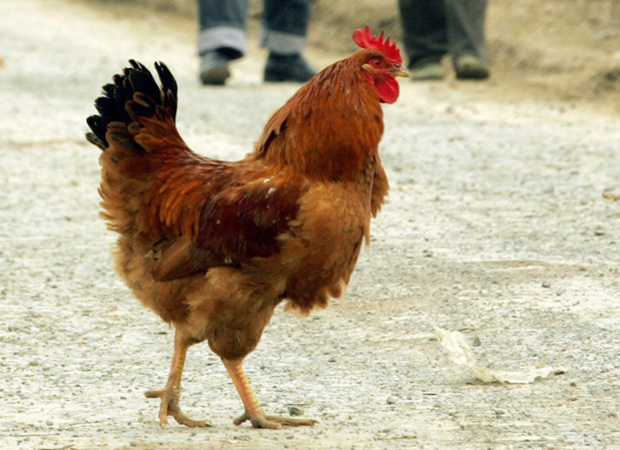Imax Faces a Threat in China
on February 3, 2014
Competitors in China could cut into Imax’s potential market share, but the company has charged in several courts that a Chinese system relies on technology that was blatantly stolen.
Competitors in China could cut into Imax’s potential market share, but the company has charged in several courts that a Chinese system relies on technology that was blatantly stolen.
Across China, cultural traditions like the Lei family’s music are under threat. Rapid urbanization means village life, the bedrock of Chinese culture, is rapidly disappearing, and with it, traditions and history.
Chinese media have debated why January saw pollution so extreme it closed schools and airports, chased away foreign tourists, and even

A Chinese folk artist performs at the opening ceremony of the Spring Festival Temple Fair in Beijing, one of millions of people around the world celebrating ahead of Chinese, or Lunar, New Year.
The Communist Party has long striven to control freedom of speech in China. Websites from around the world are blocked. Major social media cannot be accessed, and advanced software is used to delete “sensitive” entries from the Internet. Domestic journalists who step over the invisible line of what’s permissible face being fired or even arrested, while foreign journalists face various forms of government intimidation. How reporters are trying to work around China's resurgent censorship, twenty-five years after Tiananmen.
Food safety has become an issue of great concern in China over the last few years. Media reporting has tended to focus on extreme cases of poisoning from food additives or contamination by heavy metals, but food safety encompasses a wide range of problems that occur at different points in the chain from the production to the consumption of food. The risks involved vary widely from product to product and present very different kinds and levels of threat to human health from sources including bacteria, viruses and parasites, chemicals, growth hormones, and veterinary drugs. This report examines what we know from research in the natural, medical, and social sciences about the nature and causes of these problems, and about the current state of policy and societal responses. It aims to inform the more effective use of existing knowledge and the development of a more integrated and problem-oriented research agenda.